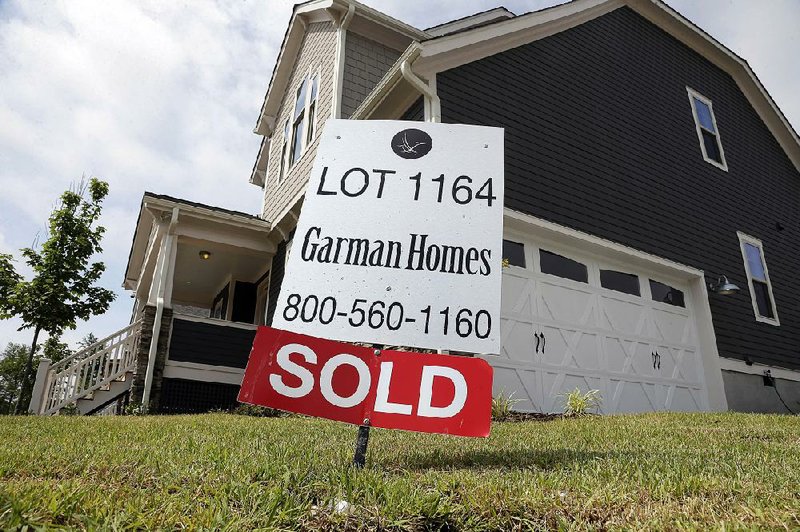WASHINGTON -- U.S. home prices increased at a solid clip in April, led by double-digit jumps in Denver and San Francisco.
The Standard & Poor's/Case-Shiller 20-city home price index rose 4.9 percent in April from 12 months earlier, roughly the same annual pace as March, S&P Dow Jones Indices said Tuesday.
"The housing sector is generally on an upswing," said Tom Simons, an economist at Jefferies LLC in New York. "The thing that has been supporting home prices for the recent part of the recovery has been low inventories, and now it seems demand is starting to pick up as well. That should help further support the case for somewhat higher prices."
Strong job growth and low mortgage rates have prompted greater demand for housing, boosting home values. The continued gains are at roughly double the pace of wage growth, but current levels appear more manageable than the double-digit home price increases seen during parts of 2013 and 2014.
"These gains are probably sustainable," said David Berson, chief economist at Nationwide Insurance. "They're not so rapid as to cause worry that people won't be able to afford to buy the average home."
Prices in the Denver metro area climbed 10.3 percent, while home values in San Francisco rose 10 percent. Values increased more than 7.5 percent in Dallas, Miami, Seattle and Tampa, Fla. But price growth was tepid in the Boston, Cleveland and Washington, D.C., areas, where prices were up by 1.8 percent or less.
The Case-Shiller index covers roughly half of U.S. homes. The index measures prices compared with those in January 2000 and creates a three-month moving average. The April figures are the latest available.
Other measures are showing a faster increase in prices, reflecting a shortage of homes available in the market.
May sales figures from the National Association of Realtors found that median home prices increased 7.9 percent over the previous 12 months to $228,700, about $1,700 shy of the July 2006 peak.
The market has just 5.1 months' supply of homes, versus an average of six months in a healthy market.
Driving much of the growth has been a steady improvement in job growth and relatively low mortgage rates.
Employers have added 3.1 million workers over the past 12 months, new paychecks that appear to be flowing into real estate.
At the same time, the average for a 30-year, fixed-rate mortgage was 4.02 percent, according to mortgage giant Freddie Mac, the Federal Home Loan Mortgage Corp. Still, that average has been steadily rising from a 52-week low of 3.59 percent, creating more pressure for buyers to close deals now before higher borrowing costs make houses less affordable.
Consumer confidence showed a solid gain in June after a modest increase in May, supporting the view that strong job gains are helping the overall economy.
The Conference Board said Tuesday that its consumer confidence index rose to 101.4 in June, up from a May reading of 94.6. The June level matches the level in March. The index took a tumble in April.
The index is now 17.4 percent higher than it was a year ago, evidence that the economy is poised to enjoy stronger growth in coming months.
The June gain, which was stronger than economists had expected, was supported by increases in consumer views about current conditions and the labor market.
Information for this article was contributed by Josh Boak and Martin Crutsinger of The Associated Press and by Michelle Jamrisko of Bloomberg News.
Business on 07/01/2015
